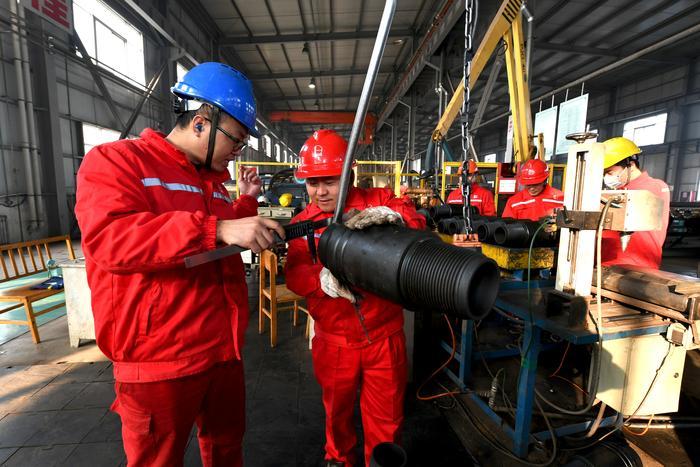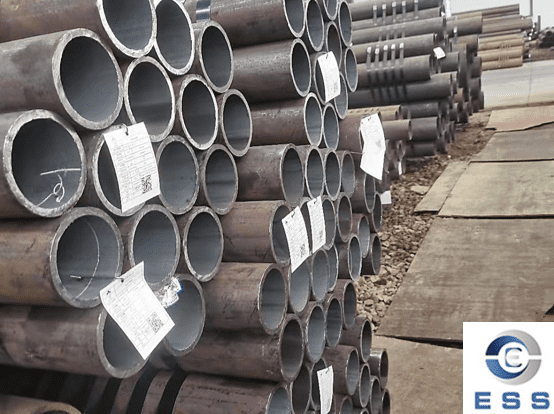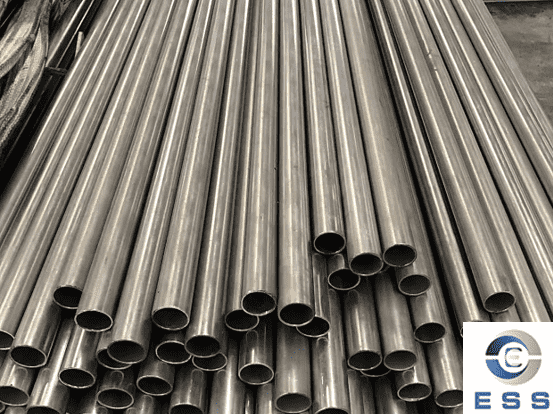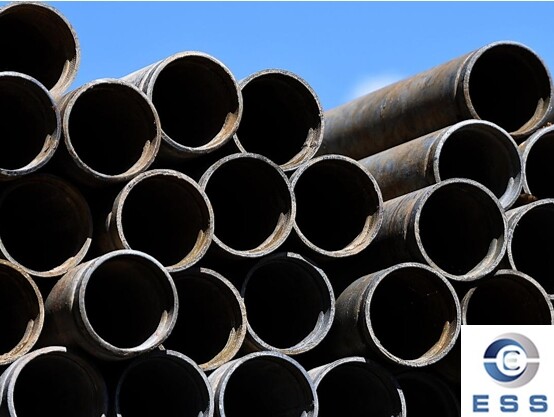Regular inspection and maintenance of drill pipe is essential to the oil and gas industry. This article will explain why it is important to inspect OCTG pipe and drill pipe regularly.

Importance of Inspection
Inspection is essential for safe drilling, cost savings and reducing ecological problems. Inspectors will be able to determine the level of project operation and help detect small problems that may eventually lead to disaster.
Reasons for Regular Inspection
1.Prevent failure
Regular inspections can detect early signs of damage or wear of drill pipe, thereby preventing potential failures and accidents.
2.Extend service life
By promptly detecting and repairing problems, the service life of drill pipe can be extended, reducing the frequency of replacement and related costs.
3.Ensure operational safety
Drill pipe is subjected to great forces during the drilling process. Improper maintenance may cause drill pipe to break or fail. Regular inspections help ensure operational safety.
4.Improve operational efficiency
Well-maintained drill pipe has stable performance, which can reduce operational interruptions and improve drilling efficiency.
5.Meet specification requirements
Many industry standards and specifications require regular inspection and maintenance of drill pipe to ensure compliance with quality and safety requirements.
6.Maintaining performance
Drill pipes may deteriorate due to wear, corrosion or fatigue during use. Regular inspections and maintenance help maintain their performance.
7.Reducing unplanned downtime
Failures caused by drill pipe problems may force drilling operations to be suspended. Regular inspections can reduce this unplanned downtime.
8.Data recording and analysis
Regular inspections can record the use and maintenance history of drill pipes, providing data support for analyzing their usage status and predicting replacement time.
9.Adapting to different operating conditions
Drill pipes may be used in different geological and environmental conditions. Regular inspections ensure that they can adapt to these changes.
10.Environmental protection
Failure of drill pipes may cause drilling fluid leakage and pollute the environment. Regular inspections help prevent this.
11 Economic benefits
Although regular inspections and maintenance require investment costs, it is a cost-effective preventive measure compared to the losses caused by drill pipe failure.
12.Personnel training and awareness
Regular inspections also provide opportunities for training operators and improving safety awareness.
Special oil pipes
What are inspectors looking for?
Inspectors check oil well pipe and oil well pipe thread protectors for cracks, wear, strain, and excessive torque. They also check seals for cracks or wear, and drill pipe equipment for corrosion.
Inspectors operate using API standards. These standards outline nondestructive testing (NDT) of drill pipe. These include:
Visual inspection
Magnetic particle inspection
Wet magnetic particle inspection
Ultrasonic scanning
Liquid penetrant testing
Electromagnetic testing
These comprehensive testing procedures give inspectors a comprehensive understanding of the system. They inspect the metal on the drill bit in many different ways and can show the inspector what is causing the distortion. This means that inspections are not only important for solving problems. Inspections can also help you prevent problems from happening.
Classification
Both pipeline inspection and assessment standards are divided into categories. Inspections may fall into four categories:
Standard – Low risk projects with a short operating life.
Moderate – Medium risk projects with a standard operating life.
Critical – High risk projects with a long operating life.
Extreme – Projects with extremely high risk and an extremely long operating life.
Inspections can also tell the quality of the pipe. They measure the thickness of the drill pipe wall to get an idea of the level of wear. These categories include:
New
Quality
Class 2
Class 3
New Drill Pipe
New pipe is of the highest quality, meaning the pipe has never been used and shows no signs of wear. Of course, once used, the pipe is no longer new. Quality pipe means the remaining wall thickness is 80% or more of the new specified wall thickness. Class 2 is 70% or more, and Class 3 is less than Class 2. These pipes pass or fail depending on the overall classification of the project.
Regular inspections ensure that everything is running smoothly. Even the heaviest thread protectors need to be inspected to ensure they are up to standard. To avoid breakdowns or catastrophic failures, schedule maintenance and inspections on your
octg pipe regularly. We offer quality thread and pipe products.













 Eastern Steel Manufacturing Co.,Ltd not only improve product production and sales services, but also provide additional value-added services. As long as you need, we can complete your specific needs together.
Eastern Steel Manufacturing Co.,Ltd not only improve product production and sales services, but also provide additional value-added services. As long as you need, we can complete your specific needs together.










